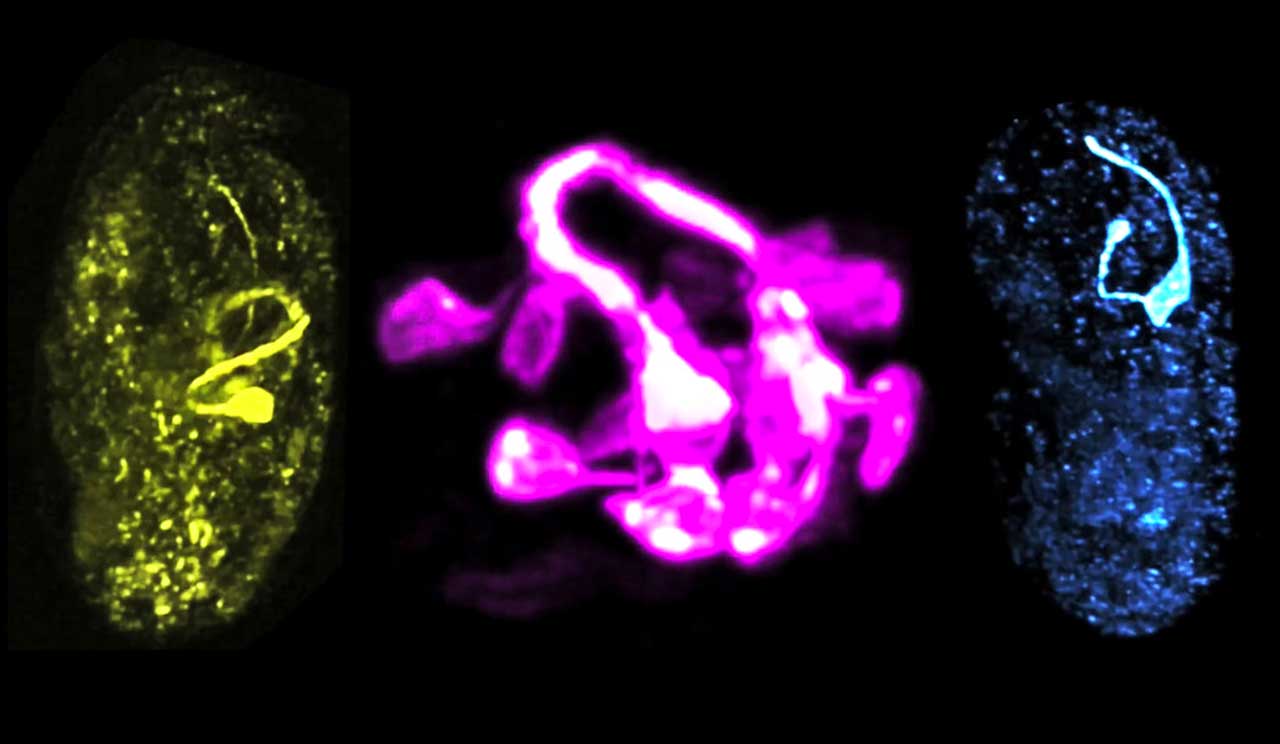
The human brain is one of the most complex systems on earth. The intricate network of neurons and the labyrinth of connections also make it a particularly difficult feat for scientists to study.
In a recent study, Yale scientists have developed a new method to visualize the development of the brain of a worm, Caenorhabditis elegans.
C. elegans is a common type of roundworm that has key molecular and genetic characteristics similar to human biology.
In collaboration with computational and microscopy scientists, scientists developed novel network algorithms and imaging technologies to examine a complex network of interconnected neurons in living C. elegans.
Mark Moyle, an associate research scientist in neuroscience at Yale School of Medicine and first author of the study, said, “Before we were able to study single cells or small groups of cells, in the context of the living C. elegans, and for relatively short periods. It has been a breathtaking experience to now be able to watch development unfold for hours, across the entire brain of the organism, and visualize this highly orchestrated dance.”
Scientists found that interconnected neurons, thickly packed into neuropils, are coordinated to sort signals that direct numerous functions and behaviors in the organisms. The study details architectural principles in the neuropil structure that decides how functional brain circuits are created and amassed.
Scientists found that neuronal processes and connections in the worm’s brain are organized into layers, each containing modular components of functional circuits linked to distinct behaviors. They then used high-resolution light-sheet microscopy to track single cells throughout the organism’s development, providing insights into how these cells help choreograph the brain’s assembly.
The corresponding author Daniel Colón-Ramos said, “When you see the architecture, you realize that all this knowledge that was out there about the animal’s behaviors has a home in the structure of the brain.”
The work results from a decade-long collaboration between the labs of Colón-Ramos and Smita Krishnaswamy of Yale; Hari Shroff of the National Institutes of Health; Zhirong Bao of the Sloan Kettering Institute; and William A. Mohler of the University of Connecticut Health Center. The Colón-Ramos, Shroff, Bao, and Mohler labs are part of the consortium WormGUIDES.
Journal Reference:
- Moyle, M.W., Barnes, K.M., Kuchroo, M. et al. Structural and developmental principles of neuropil assembly in C. elegans. Nature (2021). DOI: 10.1038/s41586-020-03169-5
Continue reading New strategy to see the development of the brain on Tech Explorist.

0 comments:
Post a Comment